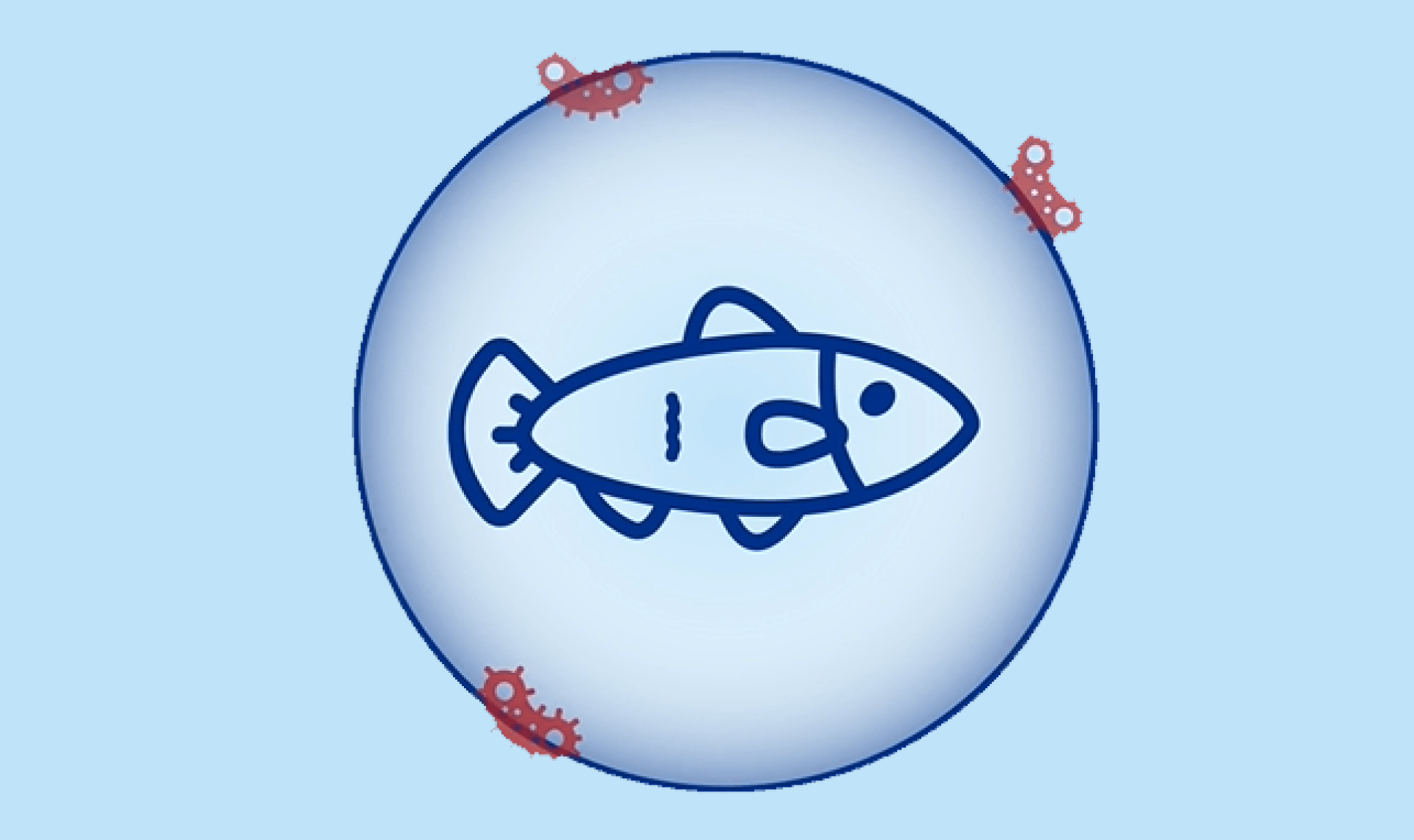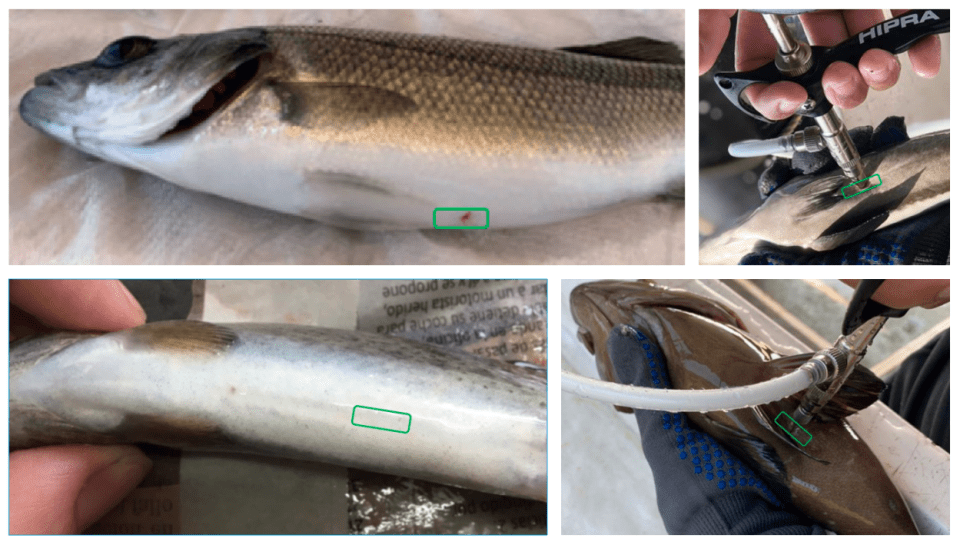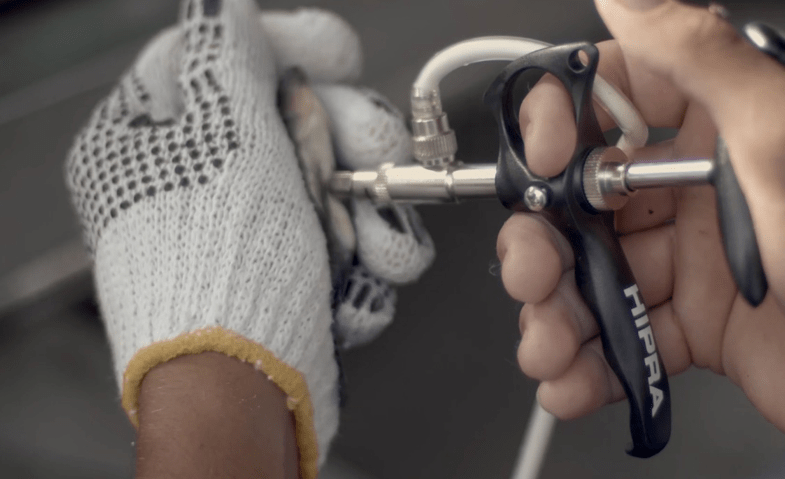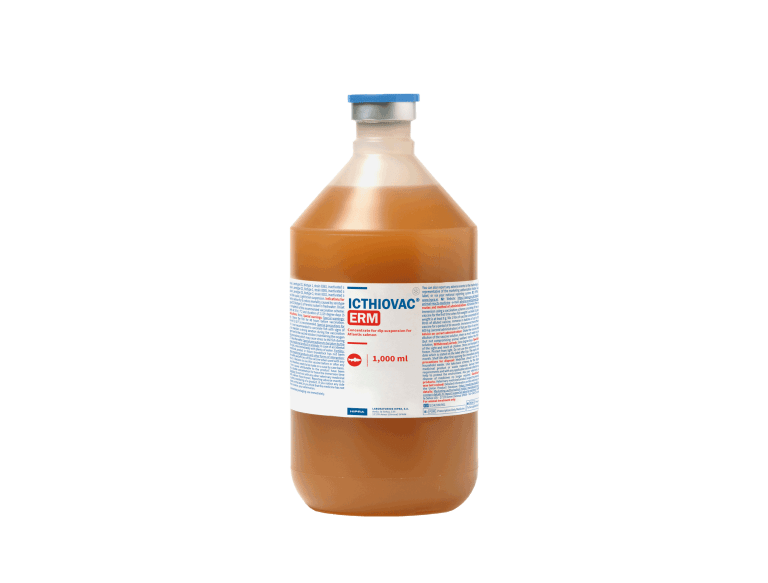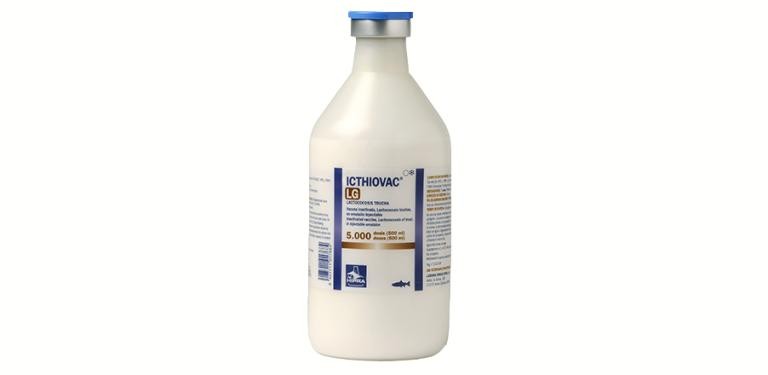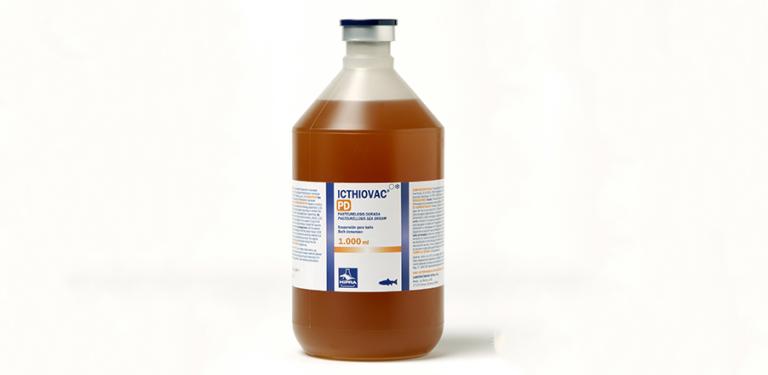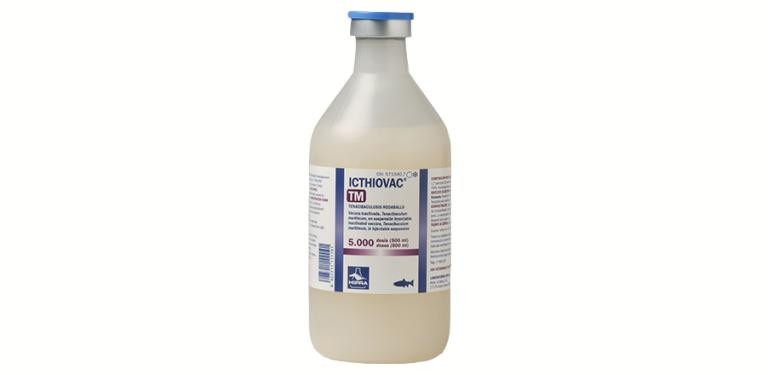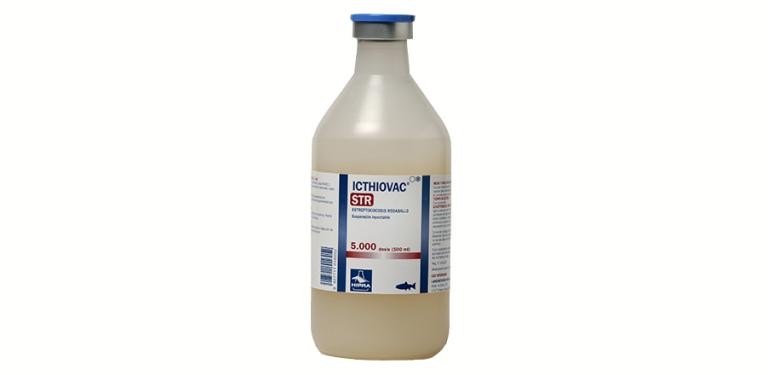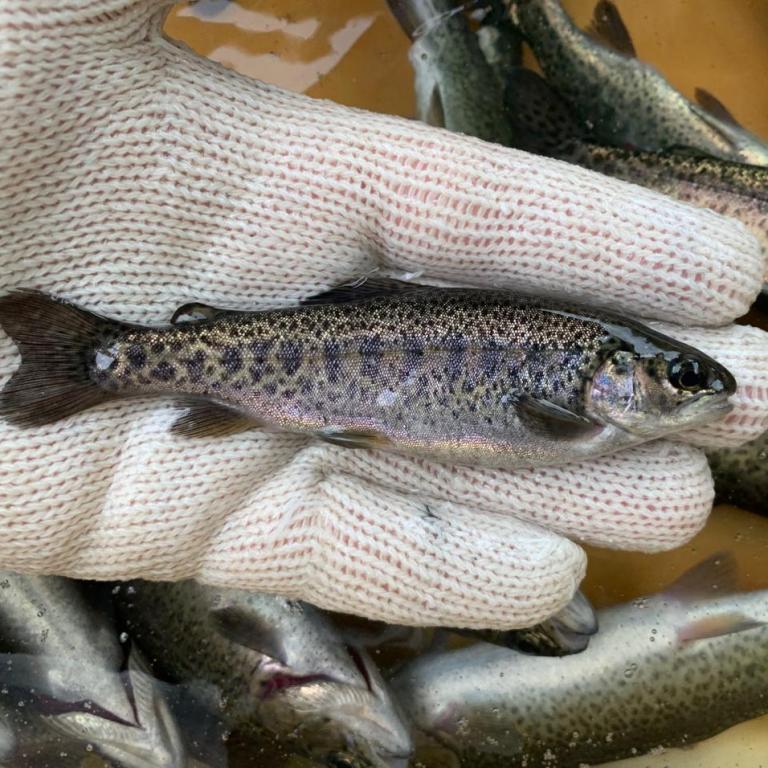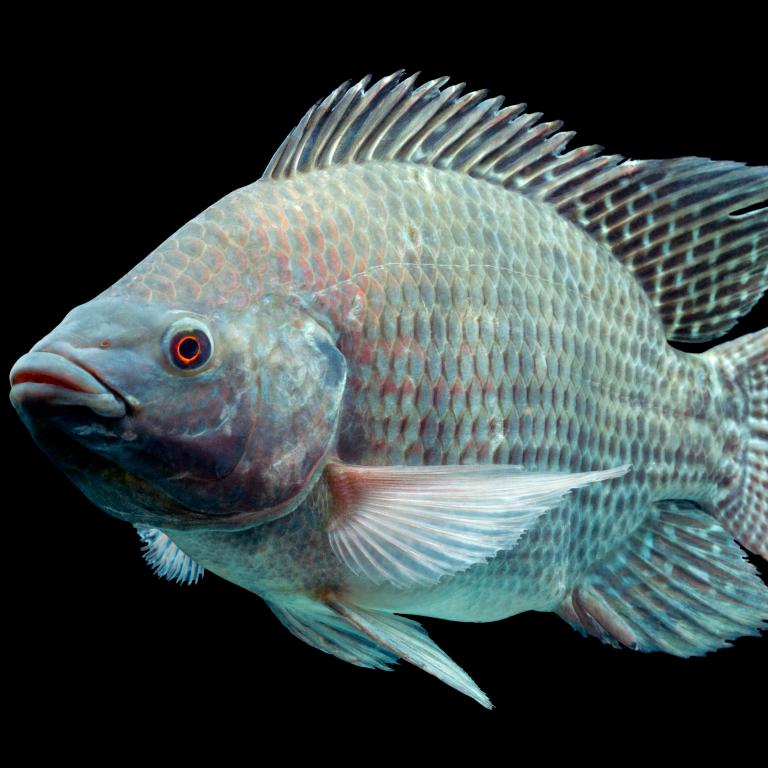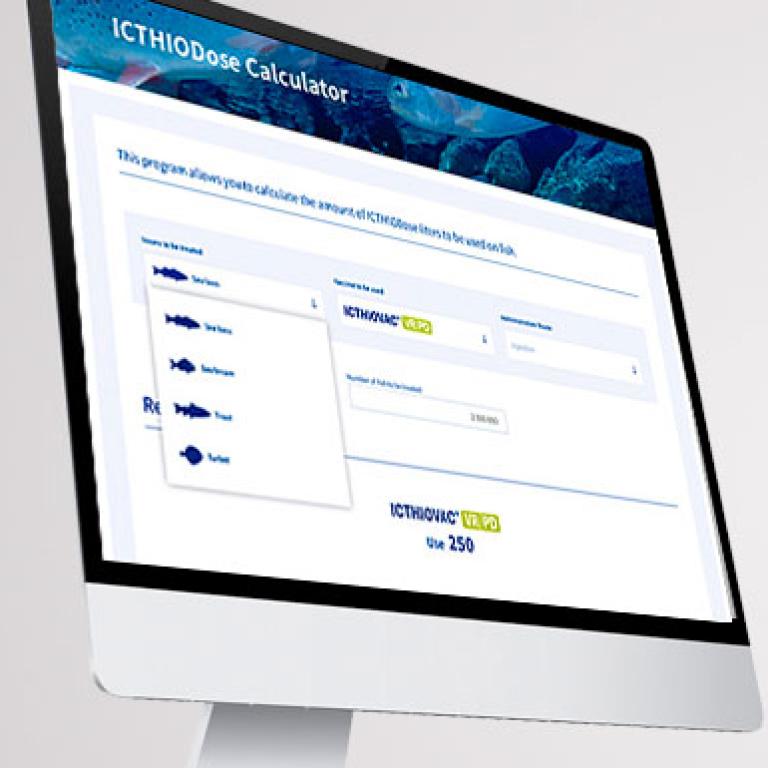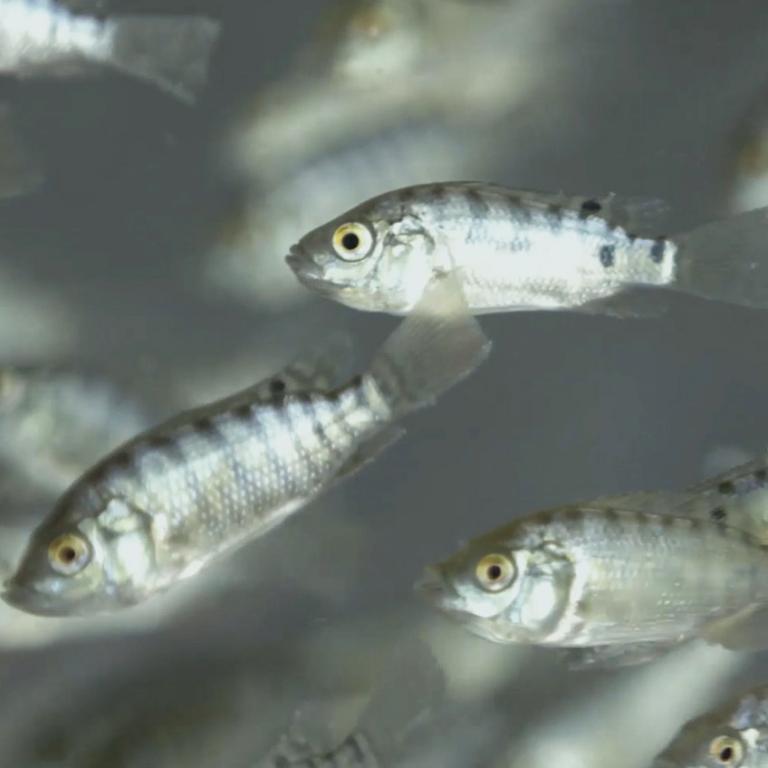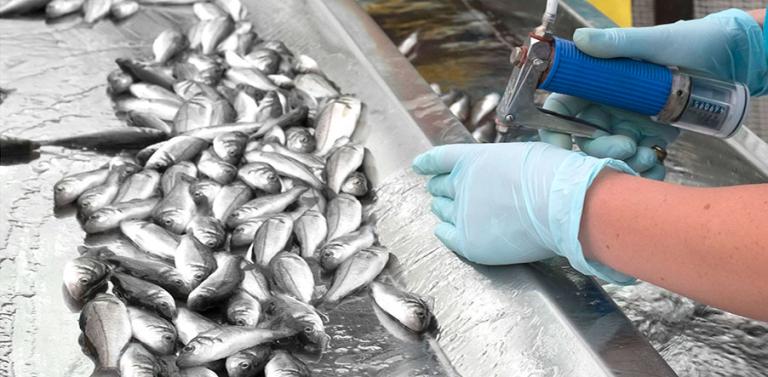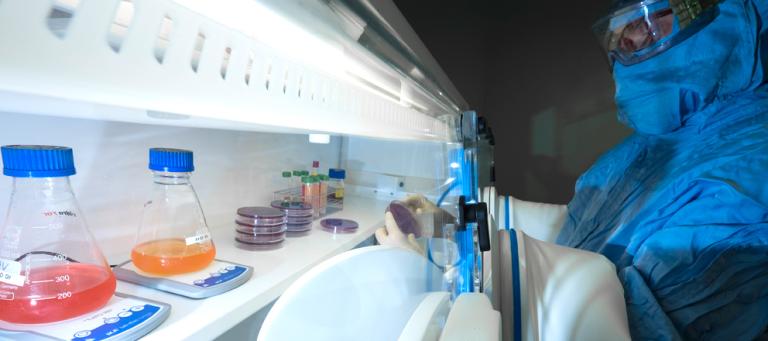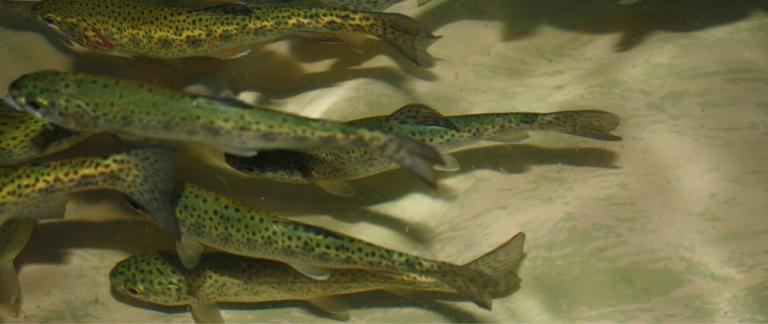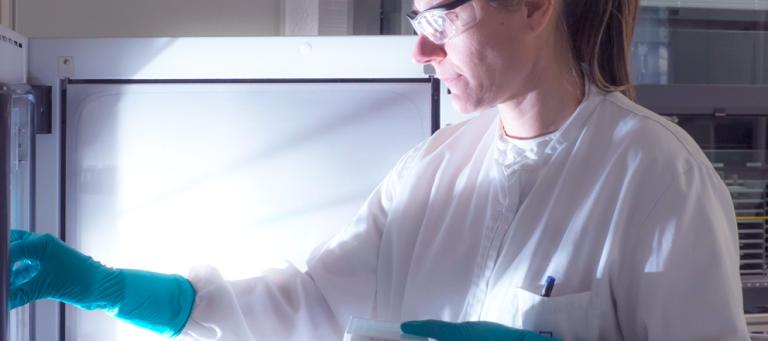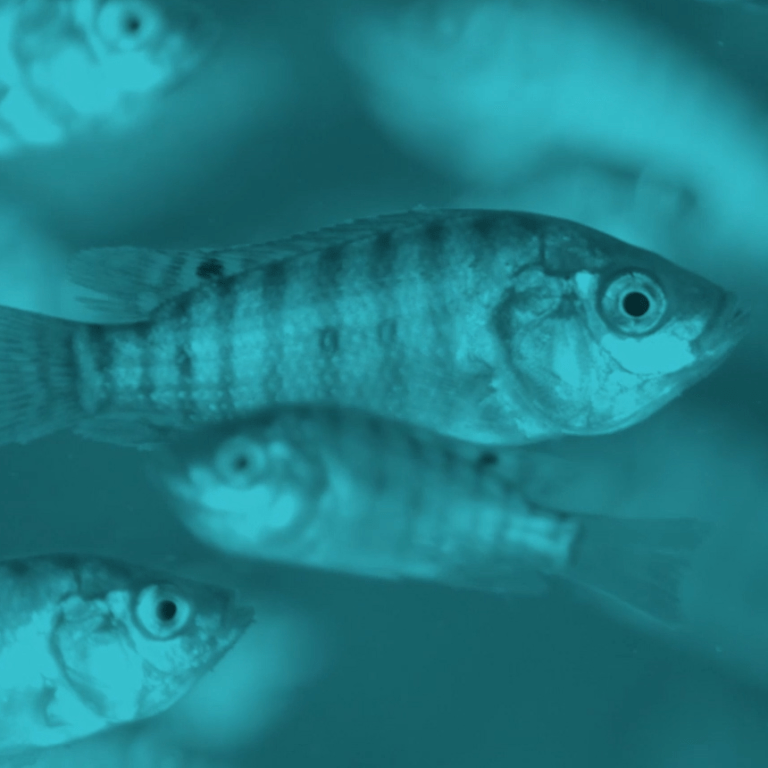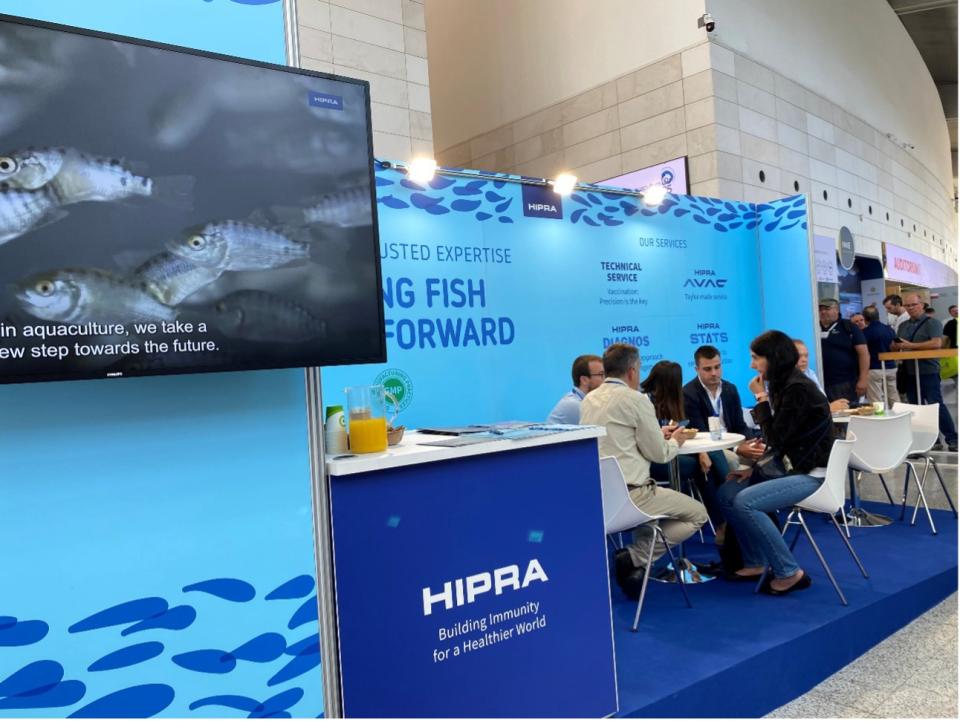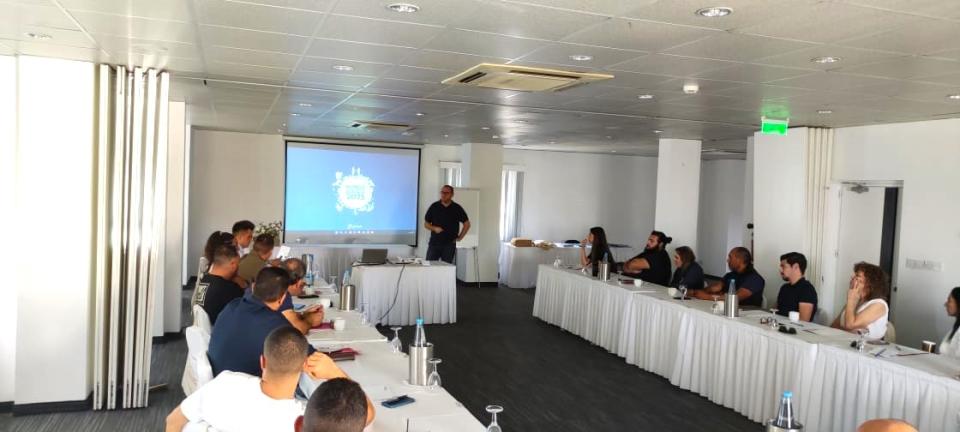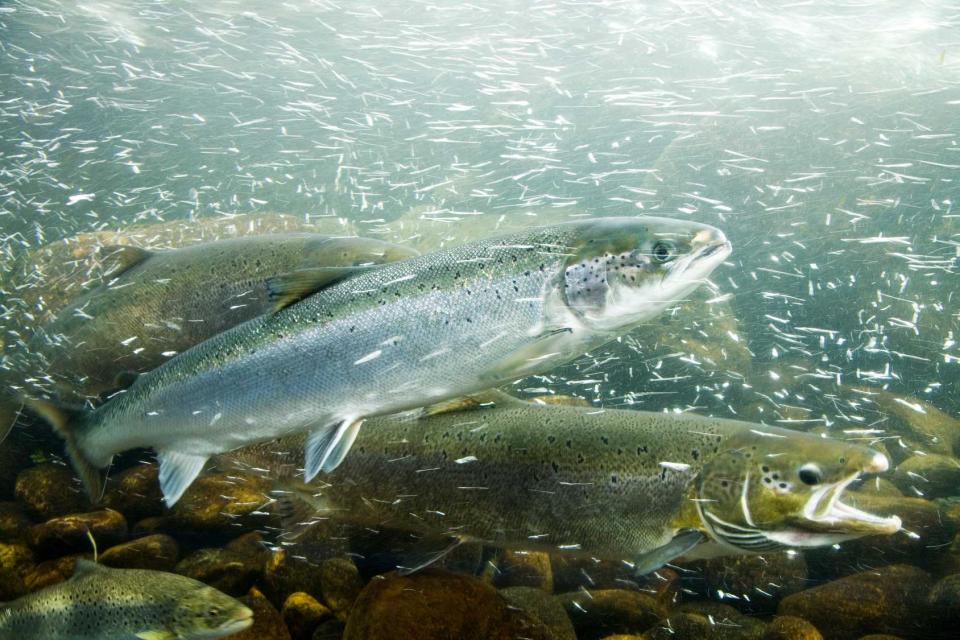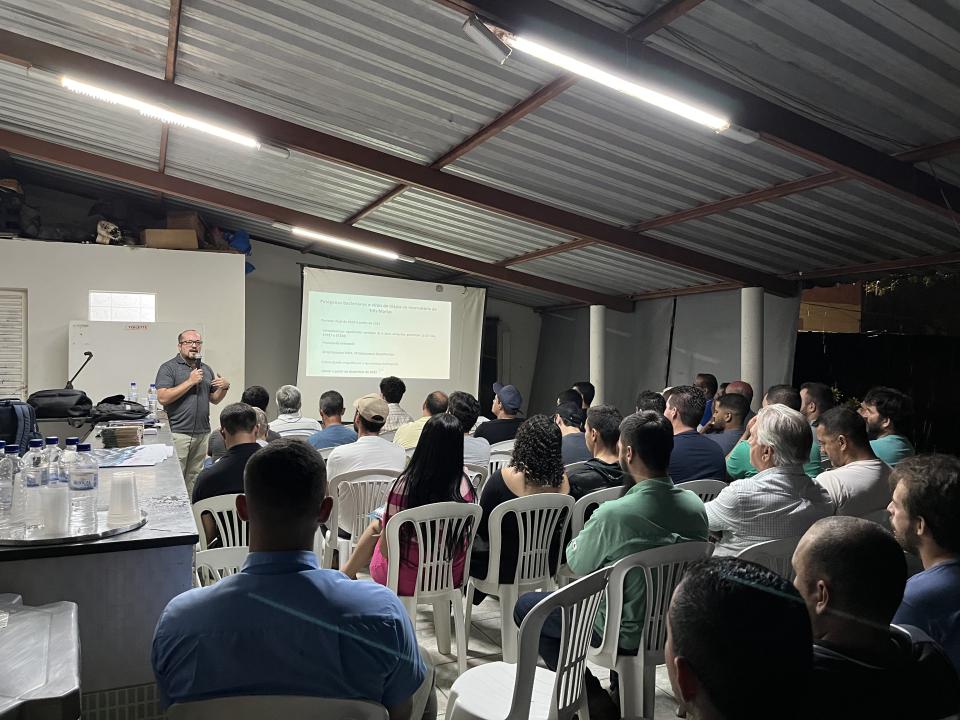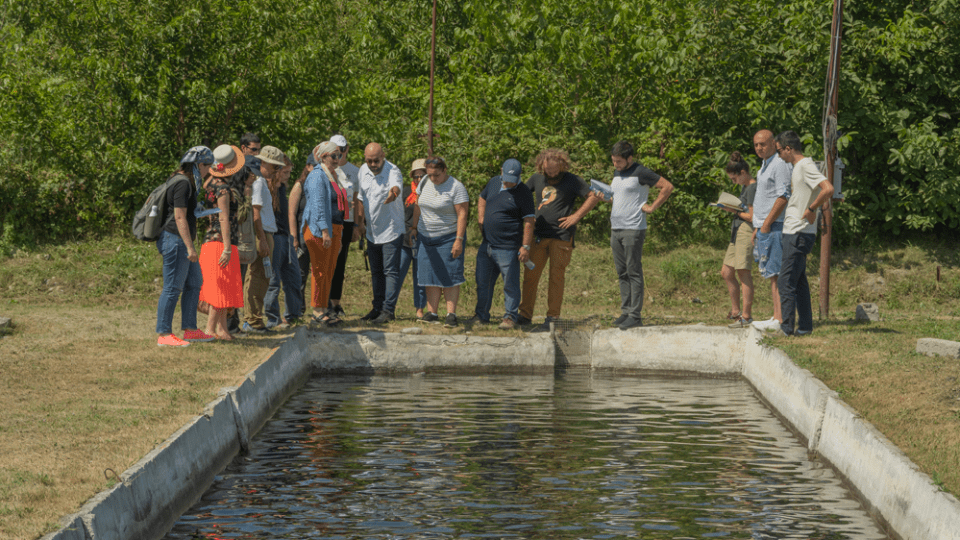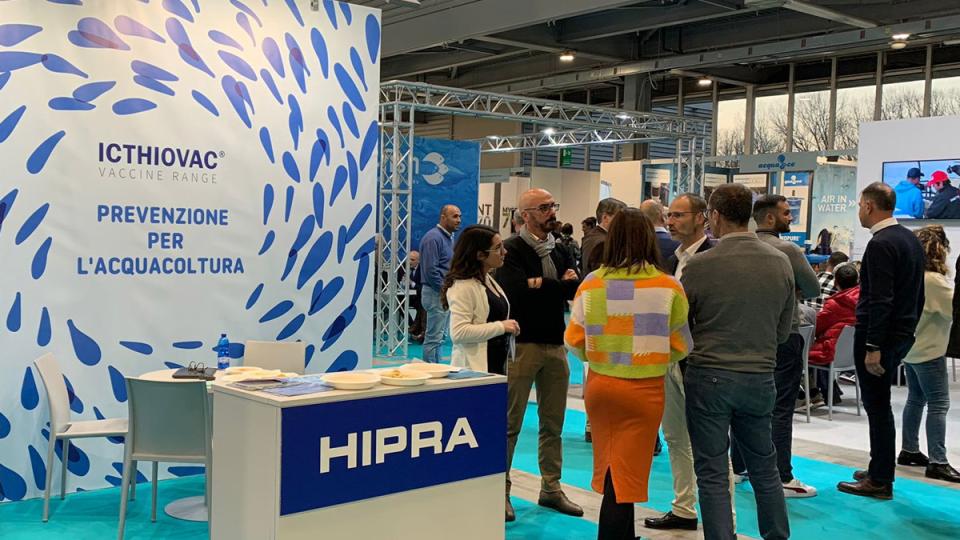Aucouturier, J., Dupuis, L., Ganne, V., Adjuvants designed for veterinary and human vaccines, Vaccine 19 (2001) 2666–2672.
Amend, D.F. and Eshenour, R.W.; 1980. Development and use of commercial fish vaccines. Salmonid. Vol. III, No. 6: S-12.
Aucouturier, J., Dupuis, L., Ganne, V. Adjuvants designed for veterinary and human vaccines, Vaccine 19 (2001) 2666–2672.
Berg, A., Rødseth, O.M., Tangerås, A., Hansen, T.J., 2006. Time of vaccination influences development of adherences, growth and spinal deformities in Atlantic salmon (Salmo salar L). Dis. Aquat. Org. 69, 239–248.
Berg, A., Rødseth, O.M., Hansen, T., 2007. Fish size at vaccination influence the development of side-effects in Atlantic salmon (Salmo salar L.). Aquaculture 265, 9–15.
Fender, D. C. and Amend, D. I.; 1978. Hyperosmotic infiltration: factors influencing uptake of bovine serum albumin by rainbow trout. J. Fish. Res. Board Can. 35: 871.874.
Midtlyng, P.J., Reitan, L.J., Speilberg, L., 1996. Experimental studies on the efficacy and side-effects of intraperitoneal vaccination of Atlantic salmon (Salmo salar L.) against furunculosis. Fish Shellfish Immun. 6, 335–350.
Soto, E., Brown, N., Gardenfors, Z., Yount, S., Revan, F., Francis, S., Kearney, M., Camus, A., (2014). Effect of size and temperature at vaccination on immunization and protection conferred by a live attenuated Francisella noatunensis immersion vaccine in red hybrid tilapia. Fish & shellfish immunology. 41. 593-599.
Tziouvas, H., and P. Varvarigos. 2021. “Intensity Scale of Side Effects in European Sea Bass (Dicentrarchus Labrax) Post Intraperitoneal Injection with Commercial Oil-Adjuvanted Vaccines.” Bulletin of the European Association of Fish Pathologists 41 (3): 103–10.
